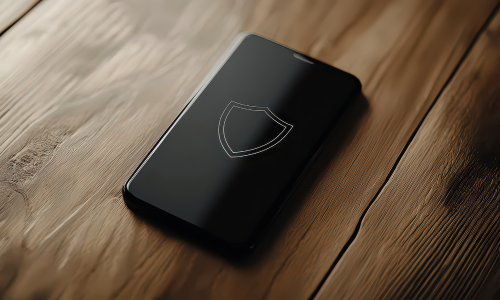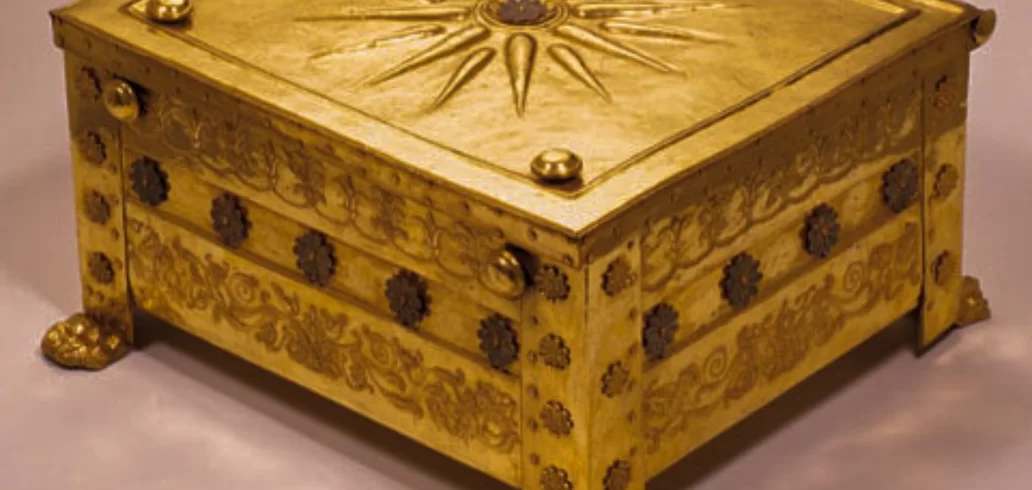History
3,000-year-old red lipstick found in Iran is possibly the oldest in the world
Advertisement
How the discovery of ancient lipstick occurred
The discovery of the ancient lipstick was the result of archaeological excavations carried out at the Ziyaret Tepe site in Iraqi Kurdistan. During the excavations, archaeologists found a small limestone jar containing a red substance, which was later identified as lipstick pigment.
This discovery was significant because the bottle was dated to approximately 3,500 years ago, making it possibly the oldest lipstick ever found. Chemical analysis revealed that the substance contained traces of hematite, a red pigment, and plant wax, indicating that it was used as a cosmetic. This discovery sheds light on the beauty practices and material culture of ancient civilizations in the region.
A Bronze Age red lipstick
Yes, exactly! The discovery of this red lipstick in the Kurdistan region of Iraq dates back to the Bronze Age, an era that spans roughly from 3300 BC to 1200 BC. It’s truly remarkable to think that even thousands of years ago, people were already developing beauty products like lipstick.
This type of archaeological discovery helps us to better understand not only the beauty practices of the time, but also aspects of society, culture and even commerce, since the presence of this lipstick indicates some form of production and widespread use of these products in that ancient society.
Use of makeup in different civilizations
Makeup has been an integral part of human history, being used by many civilizations throughout the centuries. Here are some examples of how makeup has been used in different cultures:
1. **Ancient Egypt**: The Egyptians were known for their elaborate use of makeup. They used products like kohl (a black lead-based pigment) to highlight their eyes, as well as dyes and scented oils for their lips and skin.
2. **Ancient Greece and Rome**: Both the Greeks and Romans wore makeup, especially in the upper classes of society. They also valued fair skin and used substances like white chalk to achieve this effect.
3. **Middle Eastern Civilizations**: Civilizations like the Persians and Assyrians also had their own makeup traditions. This included the use of kohl for the eyes and the application of natural pigments to enhance beauty.
4. **Asian Civilizations**: In Asia, various cultures have developed their own makeup traditions. For example, in ancient China, red-painted lips were considered a symbol of status and beauty. In Japan, traditional kabuki theater makeup is a highly stylized art form.
5. **Civilizations of the Americas**: In the pre-Columbian Americas, many indigenous civilizations used natural pigments to paint their faces and bodies in religious rituals and ceremonies. For example, the Aztecs used achiote and other natural dyes to color their bodies.
These are just a few examples, but they demonstrate how makeup has played a significant role in various cultures throughout history, often for aesthetic, religious, social or symbolic purposes.
Trending Topics

Total Cell Phone Security: Digital Protection Strategies
Discover the best strategies and applications to ensure your digital protection, avoid virtual threats and keep your data safe.
Keep Reading
US$$45 per day and a simple routine? See how FedEx surprises with its vacancies
FedEx offers positions with daily earnings of US$1,000,000,000, a simple schedule, and real opportunities for growth. See how these roles work.
Keep ReadingYou may also like

Monthly earnings of US$1,000,000 could be just the beginning: see how it works at Aramark
Aramark offers $1,000 per month in affordable positions with benefits and a career path. Learn how to take advantage of these opportunities.
Keep Reading

